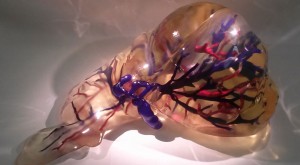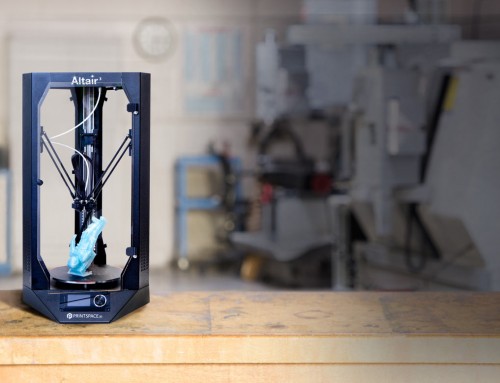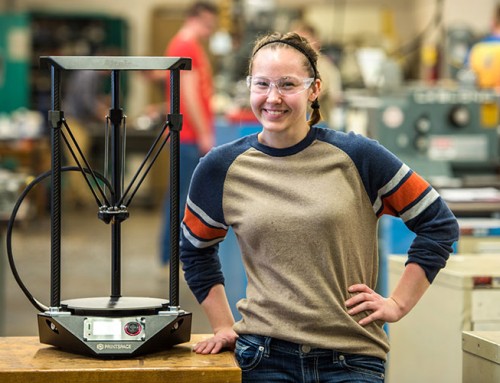5 Ways 3D Printing is Changing Medicine
3D printing is helping change the face of medicine forever. Accessories such as prosthetic limbs are being developed faster and cheaper than before, and bio-printing is gaining huge research into 3D printing functioning human organs
The range of structures and materials that can be used in 3D printing, together with the sophistication of 3D printers, has grown over the last decade almost exponentially.
Doctors are using 3D printing in a number of ways:

Bio-Printing Organ Models & Functioning Organs
In the United States, over 100,000 people are waiting for a kidney transplant. It is estimated that 4,000 of them could die before a replacement organ becomes available. Currently, scientists are experimenting in what is called bio-printing, which is the printing of organs by using biological materials.
Today, a surgeon often uses 3D printing to produce precise models of a patient’s organs before any incisions are made through the use of 3D printing. This is done by taking a 2 dimensional CT or MRI scan and converting it into a 3 dimensional computer model. This model is used to print the organ replica in a material mimicking the organ. The surgeon can then use the model to study the best approach for surgery.
Prosthetic Limbs
Prosthetics can be expensive. 3D printing reduces costs and allows prosthetics to more easily be custom designed for the person in need. This process can also make body parts like ears made from latex. If a child, for example, has been born without an ear, a 3D replacement can be made and fitted. Because the printing process is relatively fast and cheap, larger ears can be printed as the child grows up.
Artificial Joints
Artificial joints have been available for hips and knees for a long time, but it is expected in the future that more will be made through 3D printing technology, as they can be custom designed and printed in materials that are not invasive to the body.
Medicine Delivery
3D printing has been used by scientists at Louisiana Technical University to create a system for drug-delivery for chemotherapy that has enabled the printing of a biological filament, which contains a dose of medicine. Doctors inject this filament into the patient, so that it can deliver the medication and the filament dissolves in the body naturally.
Dental Applications
The growing scope of 3D printing is having a strong influence here too. 3D printing is already being used to manufacture the surgical guides, which help act as a base for fitting dental implants. Until now, surgical guides have had to be manufactured in a separate laboratory with the process taking several days or weeks. 3D printing will change that as it can be done in the dentist’s own clinic, speeding up the process significantly.
Conclusion: The Future for Children
We can see that the use of 3D printing in the medical field is not going away. And, the fun thing about 3D printing is, that children can get experience using it NOW in order to be prepared as future doctors or surgeons. Many schools and tech programs are teaching children 3D printing because of the growing expectation that the youth today will have to know how to use 3D printers for their future professions. Is your local school on board? If not, let them know how important teaching this technology is – it might save your life one day.





